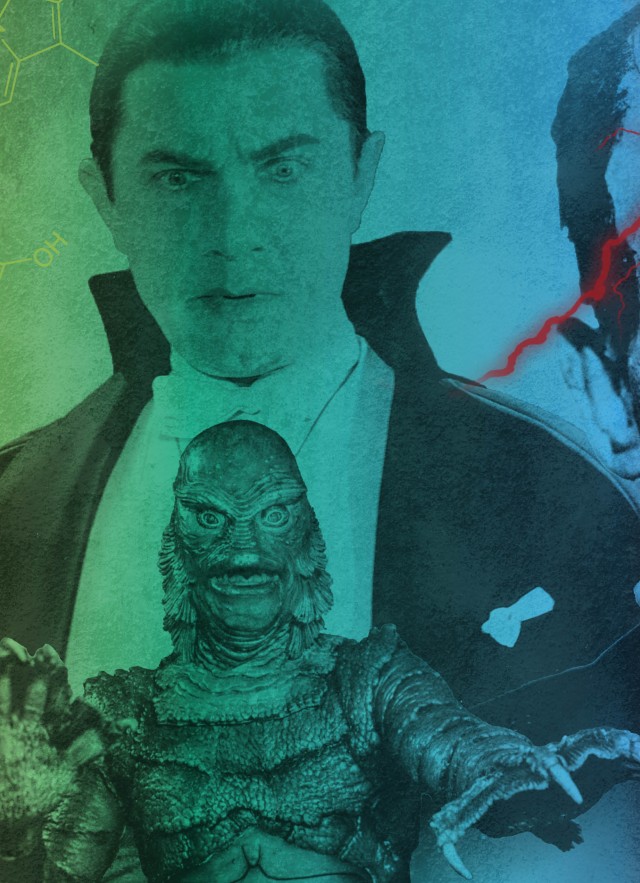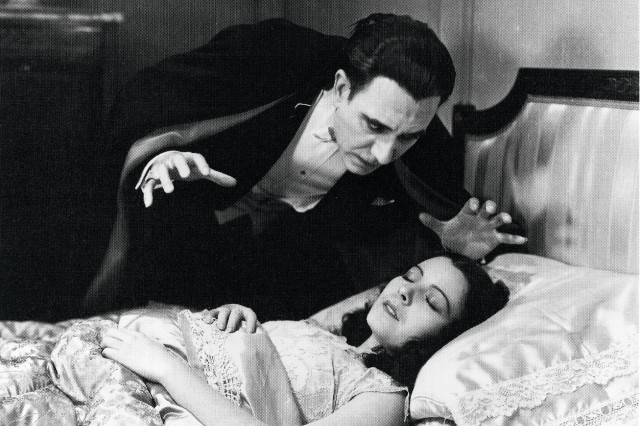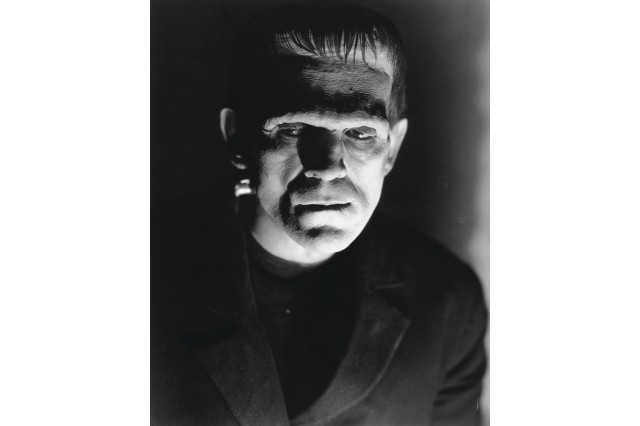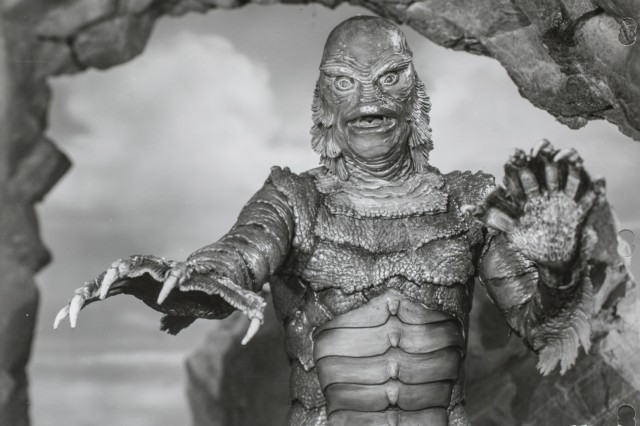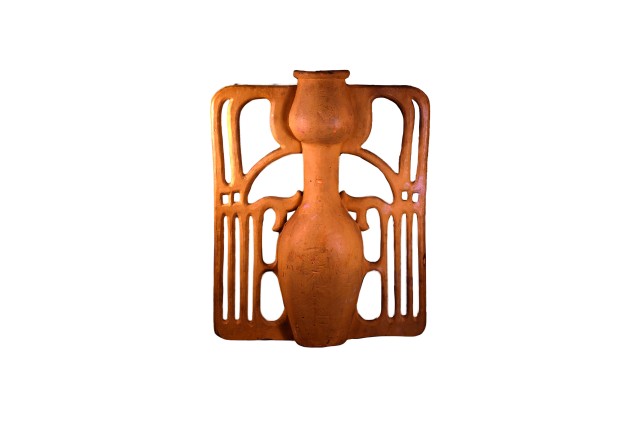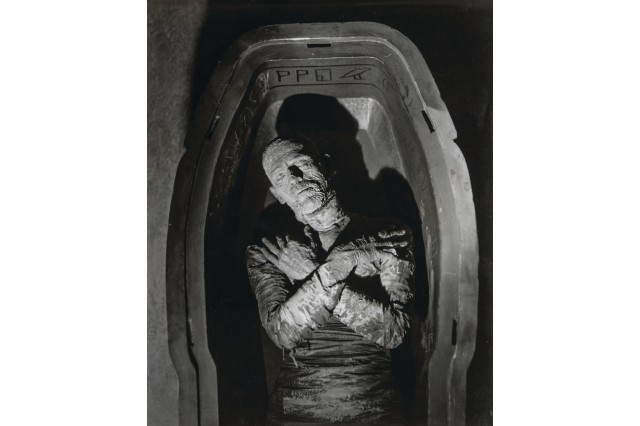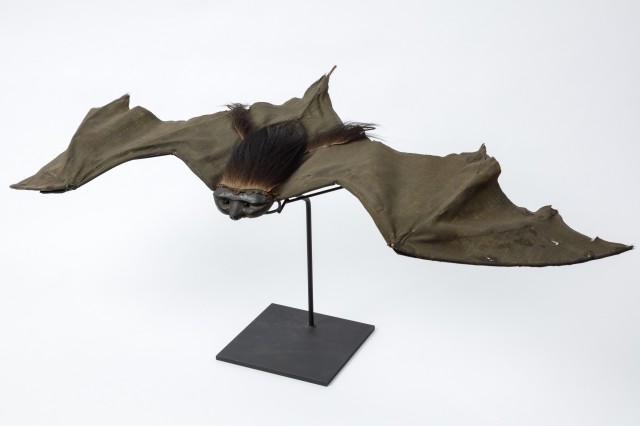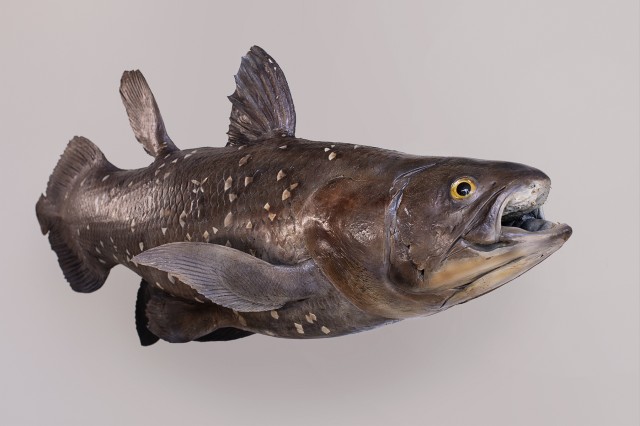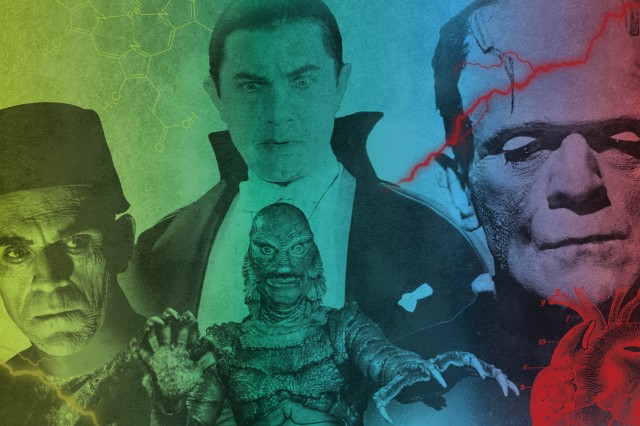General Info
-
Free with paid museum admission
Free for Members
Free for Members
This exhibit is now closed. To learn more about our upcoming exhibitions and programs, subscribe to our emails.
We have a strange curiosity for mysterious, eerie, and grotesque monsters. We love the thrill of intense, heart-pounding bursts of adrenaline that only horror movies can provide. In our new exhibition Natural History of Horror, explore the scientific inspiration for classic monsters from Dracula, Frankenstein, Th
ALONG THE WAY, YOU’LL:
- Discover 17 objects from NHM’s collections and four early Universal movie monsters.
- Explore the scientific inspiration for each of these classic monsters.
- Get a glimpse of rare movie props, film footage, hands-on activities, and museum specimens.
